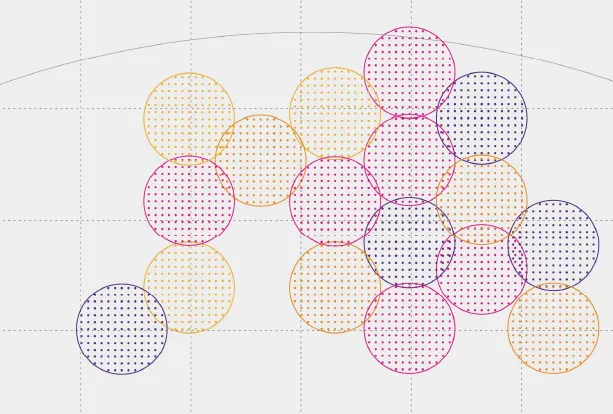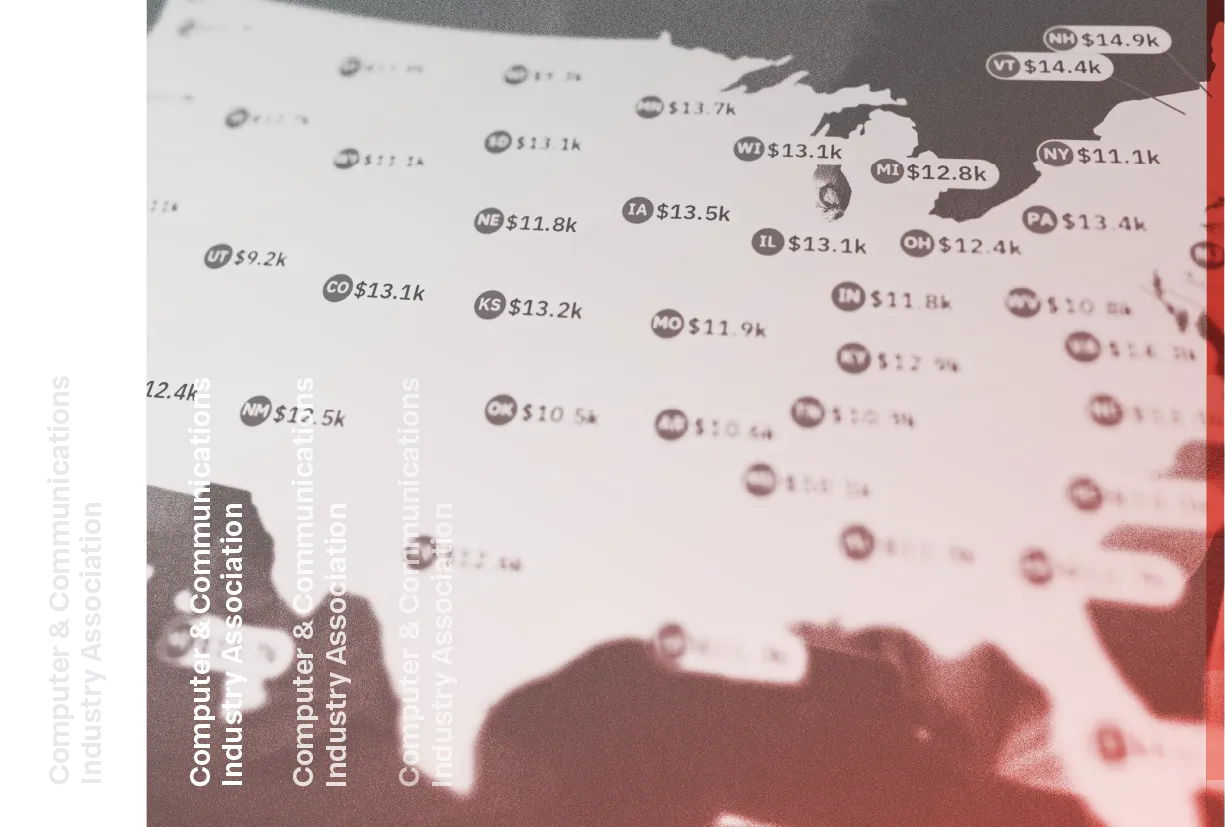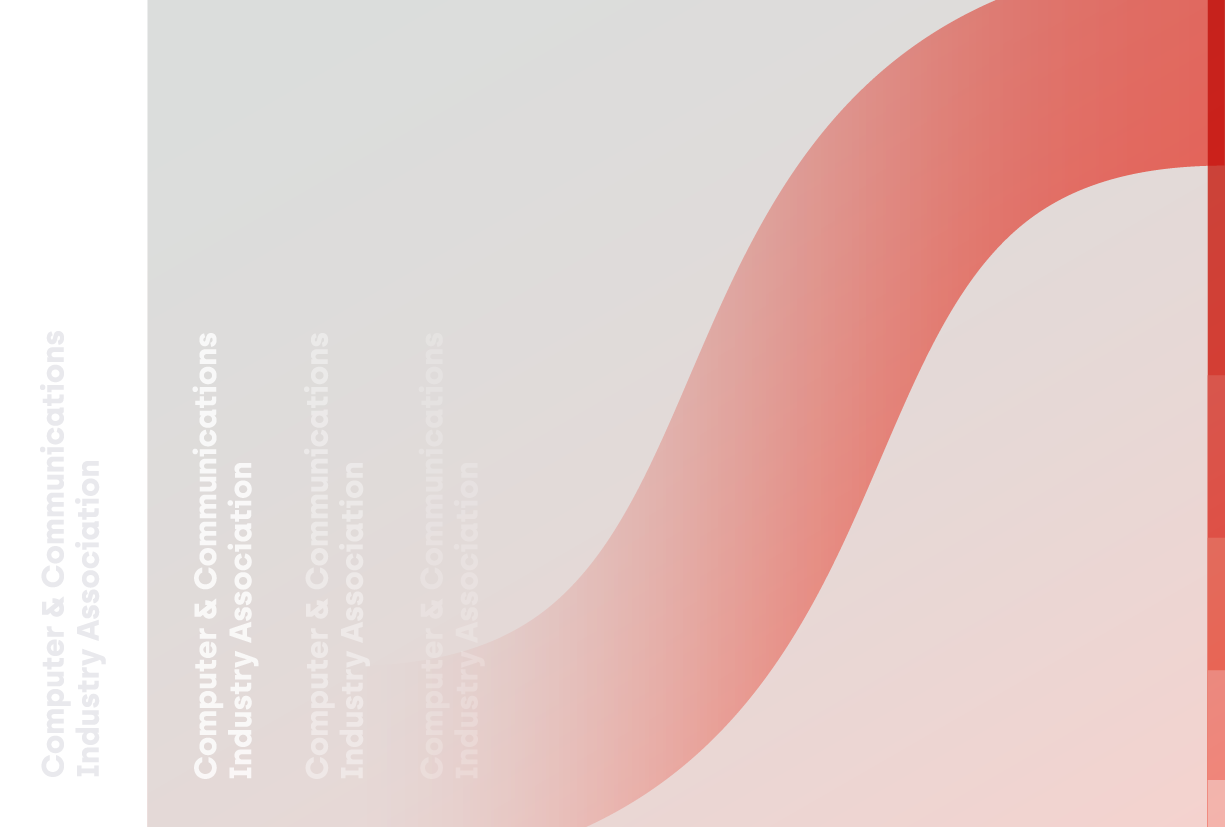Today, consumers have access to a greater choice of lawful music services than ever before and can
listen to music anywhere, anytime, on a broad range of devices. With these increased choices has come
an explosion of sharing and creativity.
From the content industry side, the Internet has also enabled new business models for creators and the
emergence of new artists and music intermediaries. It has also allowed independent labels to thrive — in
Adele’s producer’s own words, digital music is a “more level playing field”.1 The supply side of music is
more diverse and competitive than ever.
Have these benefits come at the expense of legacy music players, such as major labels and collecting
societies? For the fourth consecutive year, the global recorded music industry grew in 2018.2 Since 2014,
collecting societies’ income for music has also grown continuously, with global income rising by 26.8%
between 2014 and 2018.




